Bumper cars, a popular attraction at amusement parks and carnivals, bring joy to riders of all ages. Have you ever wondered what powers these iconic vehicles? Are bumper cars powered by AC (Alternating Current) or DC (Direct Current)? This question isn’t as simple as choosing one or the other, and the answer depends on several factors. In this article, we’ll explore the different types of power sources used for bumper cars, the advantages of each, and how they impact the ride experience.
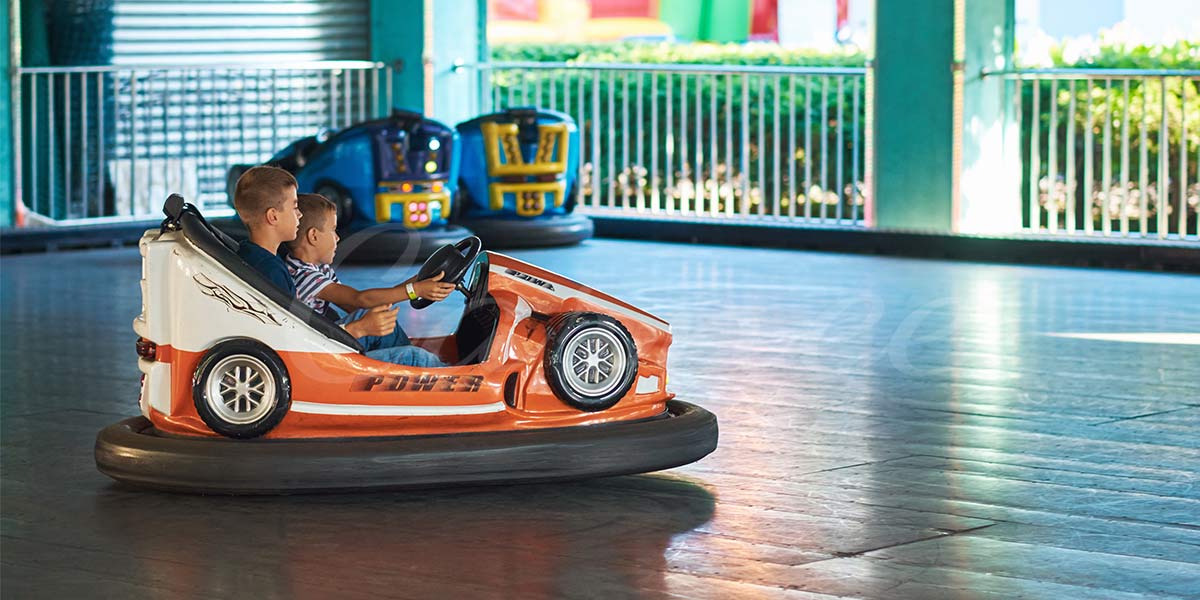
Before we get into the AC vs. DC debate, let’s first understand the basic operation of a bumper car. Bumper cars are small, electric vehicles designed for safe collisions and easy maneuvering. They rely on a continuous power supply, often from an external grid system or battery, which drives the car’s motor and allows it to move forward, backward, and even side-to-side. But what kind of power drives these cars? This is where the discussion of AC and DC comes into play.
In the early days of bumper cars, dating back to the 1920s and 1930s, most rides were powered by AC (Alternating Current). Early models like the “Lusse” bumper cars used 110V AC, drawing power from electrified grids installed in the floor and ceiling of the ride arena. A pole attached to the car connected it to the ceiling grid, supplying the electricity.
Over time, with advances in technology and stricter safety standards, the industry shifted toward DC (Direct Current). Modern bumper cars have adapted to use more reliable, safer, and more efficient systems, thanks in part to changes in regulations and the evolution of electrical technology.
Let’s break it down for those who aren’t electrical engineers:
For bumper cars, the choice between AC and DC influences everything from safety to maintenance, and even ride performance. Now, let’s explore the pros and cons of each.
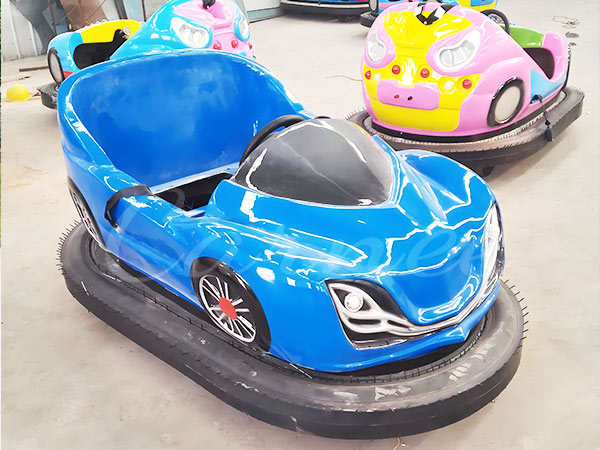
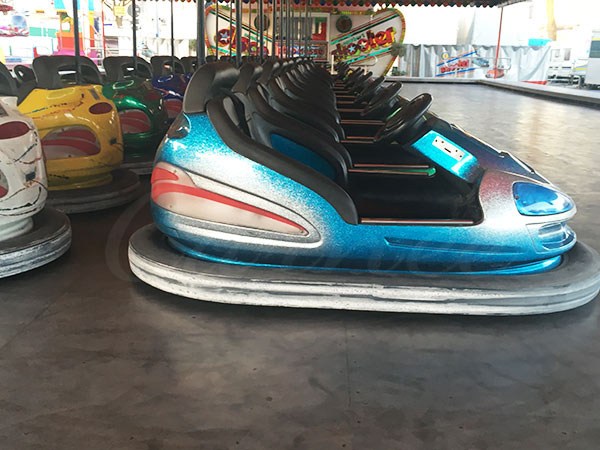
The answer to the question of whether bumper cars are AC or DC powered depends on the model, the manufacturer, and the ride's design. However, DC-powered bumper cars are becoming increasingly common in modern amusement parks.
More bumper cars today are powered by low-voltage DC systems. Why is this the case? Here are the key benefits:
Despite the rise of DC, AC-powered bumper cars are still in operation at some amusement parks, particularly vintage venues or parks with older setups. These systems rely on a grid system that delivers electricity to the cars through poles connected to ceiling grids.
Bumper cars come in a variety of styles, each utilizing different power sources and methods of operation:
At Carnee Rides, we specialize in 12V DC-powered bumper cars for sale. These cars use high-capacity traction batteries, typically between 100A and 120A, which provide around 6 hours of runtime per charge. We recommend customers purchase batteries locally for better support and pricing.
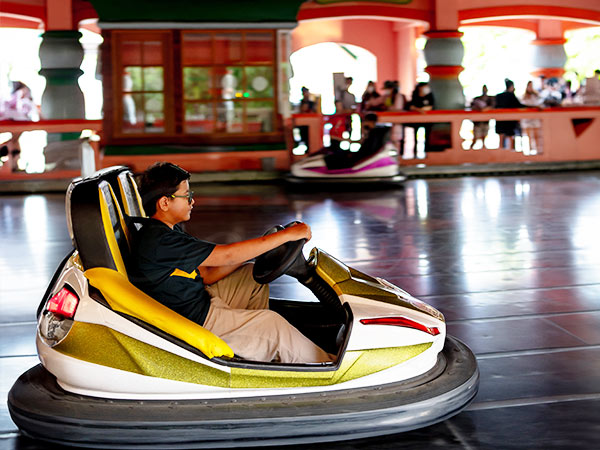
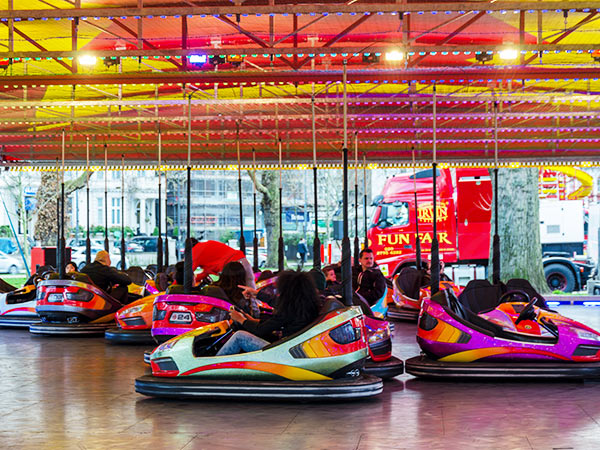
Here’s a comparison chart that highlights the main differences between AC and DC bumper cars:
| Feature | AC-Powered Bumper Cars | DC-Powered Bumper Cars |
|---|---|---|
| Power Source | AC | DC |
| Grids | Ceiling and floor grids | Can use grids or be battery-powered |
| Voltage | Higher voltage (e.g., 110V) | Usually low voltage (under 50V) |
| Electrical Risk | May pose a greater electrical risk | Lower electrical risk |
| Maintenance | More difficult to maintain | Easier to maintain |
| Flexibility | Less flexible, requires grids | More flexible, can run without grids |
| Common Usage | Common in older or vintage rides | More common in modern rides |
So, the question remains: Are bumper cars AC or DC powered? The answer is that many modern bumper cars are powered by DC systems due to their safety, efficiency, and flexibility. However, AC-powered bumper cars still exist, particularly in older or vintage settings. Whether it’s AC or DC, both power sources have played significant roles in the evolution of bumper cars.
Next time you’re enjoying a ride, take a moment to think about the technology behind the scenes that powers your fun—whether it’s the traditional AC-powered system or the modern DC-powered system!

Please contact us for free quotation by form below. We promise the quickest response within 24 hours: